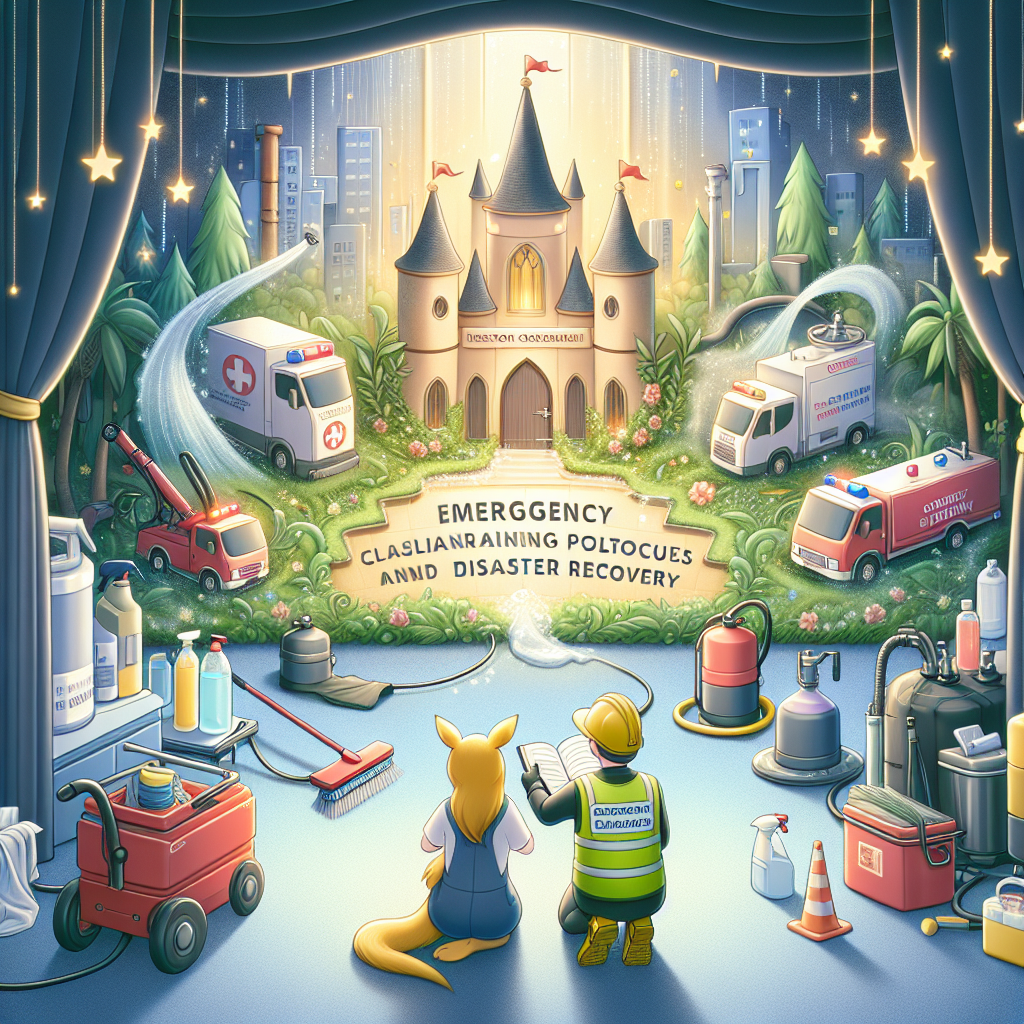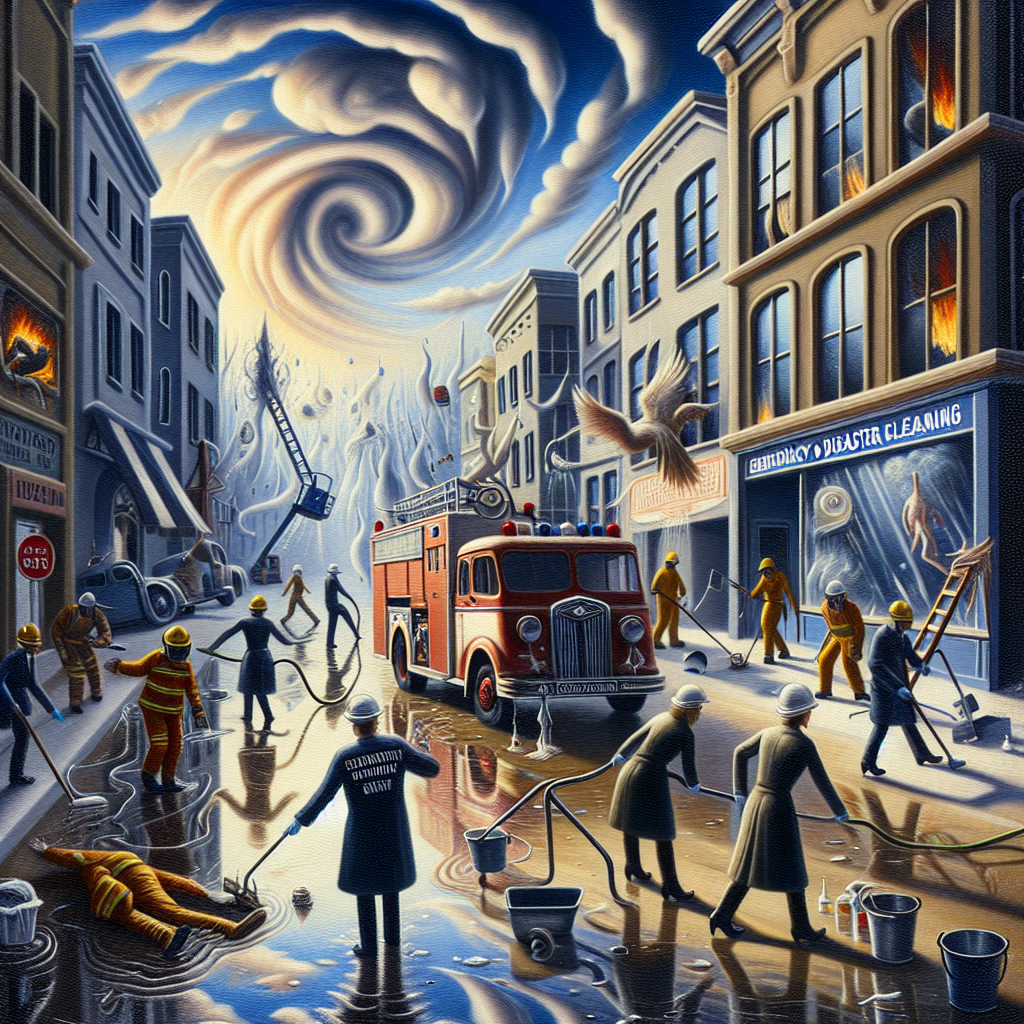Understanding Urgent Cleaning Dilemmas
When faced with urgent cleaning dilemmas, time is of the essence. Whether it's a sudden water leak, a biohazard spill, or a mold infestation, these situations demand immediate attention to mitigate risks and minimize disruptions. The key to effective problem-solving lies in preparedness, quick decision-making, and the right set of tools and techniques.
Essential Tools for Emergency Cleaning
Equipping your team with the right tools is crucial for handling cleaning emergencies effectively. From personal protective equipment to specialized cleaning agents, having a well-stocked emergency cleaning kit can make all the difference in how swiftly and efficiently you can address urgent situations.
- Ensure that your emergency cleaning kit includes items such as gloves, masks, goggles, disinfectants, absorbent materials, and trash bags.
- Regularly inspect and replenish your emergency supplies to guarantee that they are always up-to-date and readily accessible.
Developing an Emergency Response Plan
A well-defined emergency response plan is the backbone of effective cleaning management during crises. By outlining clear protocols, assigning responsibilities, and establishing communication channels, you can streamline your team's response to urgent cleaning dilemmas and ensure a coordinated effort to restore safety and cleanliness.
"In times of crisis, a well-prepared team can turn chaos into order. Develop and practice your emergency response plan to instill confidence and readiness in your cleaning staff."Specialized Techniques for Cleaning Emergencies
Cleaning emergencies often require specialized techniques to address unique challenges such as water damage restoration, hazardous material cleanup, or infectious disease control. Familiarizing your team with these techniques and providing them with the necessary training can significantly enhance their ability to respond effectively to different types of urgent cleaning dilemmas.
Continuous Improvement and Preparedness
In the realm of emergency cleaning, proactive measures are key to success. Regularly reviewing and updating your emergency response plan, conducting drills and simulations, and staying informed about the latest cleaning technologies and best practices are essential to maintaining a high level of preparedness and readiness for any unforeseen cleaning emergencies.



